Dethatching Timing and Benefits

Spring is an ideal time for dethatching when the grass begins active growth, allowing for healthy recovery.
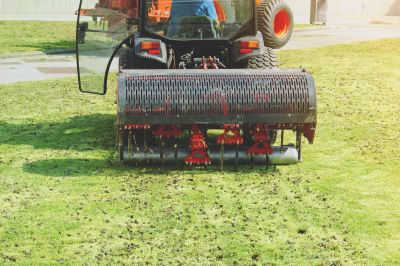
Early summer offers optimal conditions for dethatching, especially when soil temperatures are warm and moist.

Fall dethatching can improve turf health before winter dormancy, especially in regions with mild climates.

Ways to make Dethatchings work in tight or awkward layouts.
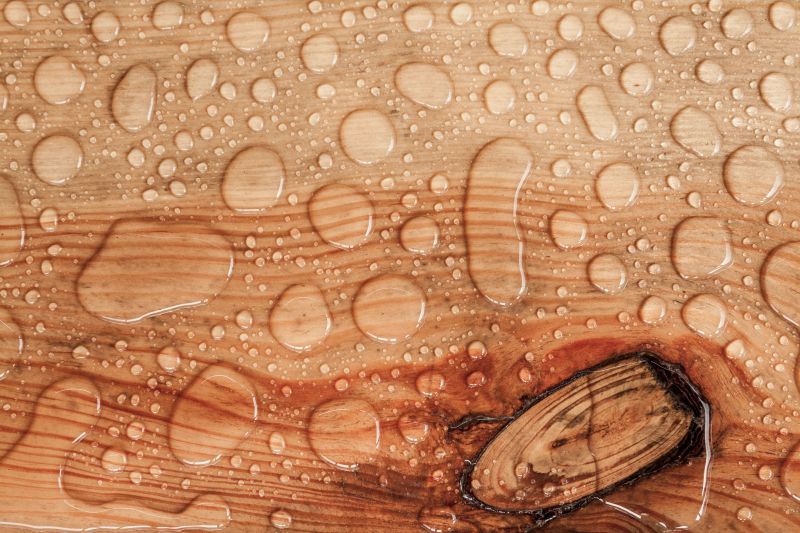
Popular materials for Dethatchings and why they hold up over time.

Simple add-ons that improve Dethatchings without blowing the budget.
Dethatching involves removing the layer of thatch, a mix of dead grass, roots, and other organic matter that accumulates between the soil and grass blades. Excessive thatch can hinder water, air, and nutrient penetration, leading to weak turf. The optimal timing for dethatching depends on grass type, climate, and regional conditions. Proper timing ensures the grass can recover quickly and maintain health.
Statistics indicate that dethatching during the active growing season results in better turf recovery. For cool-season grasses, early spring or fall is recommended, while warm-season grasses benefit from late spring or early summer dethatching. Typically, dethatching is most effective when soil temperatures are between 55°F and 75°F, and the turf is not under stress from drought or extreme heat.
Encourages healthy growth by removing winter buildup and preparing the lawn for summer.
Best when soil moisture is adequate; avoid during peak heat periods.
Prepares the lawn for winter and promotes strong root development.
Slow drainage, shallow roots, and a spongy feel underfoot indicate thatch buildup.

Using appropriate tools ensures effective removal of thatch without damaging the turf.

Post-dethatching, lawns often show improved color and density.

Following dethatching, aeration and fertilization support turf recovery.
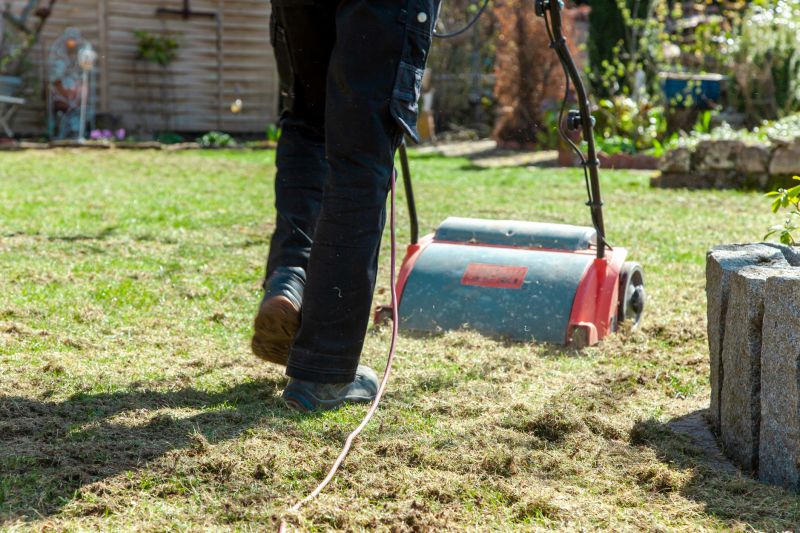
Proper technique involves even passes to avoid uneven removal.
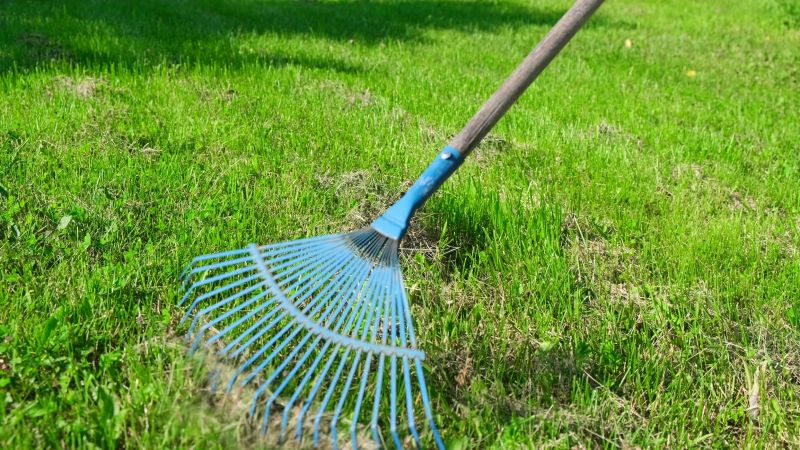
High-end options that actually feel worth it for Dethatchings.
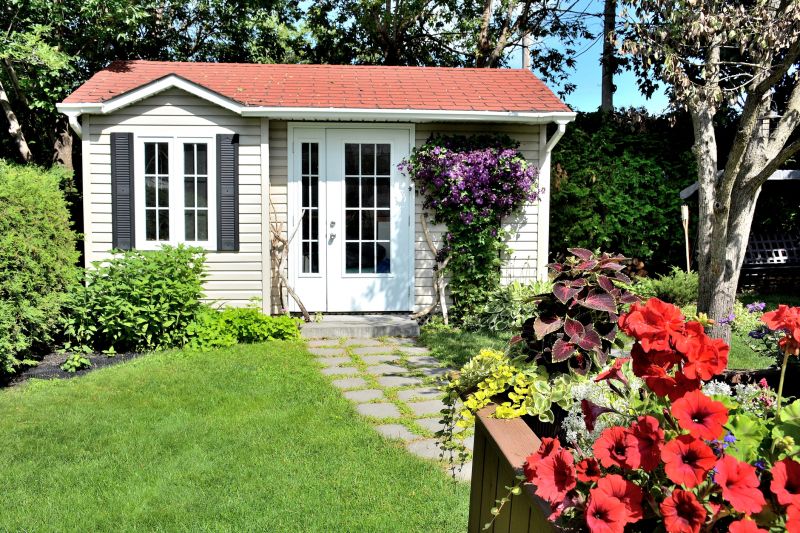
Finishes and colors that play nicely with Dethatchings.

Little measurements that prevent headaches on Dethatchings day.
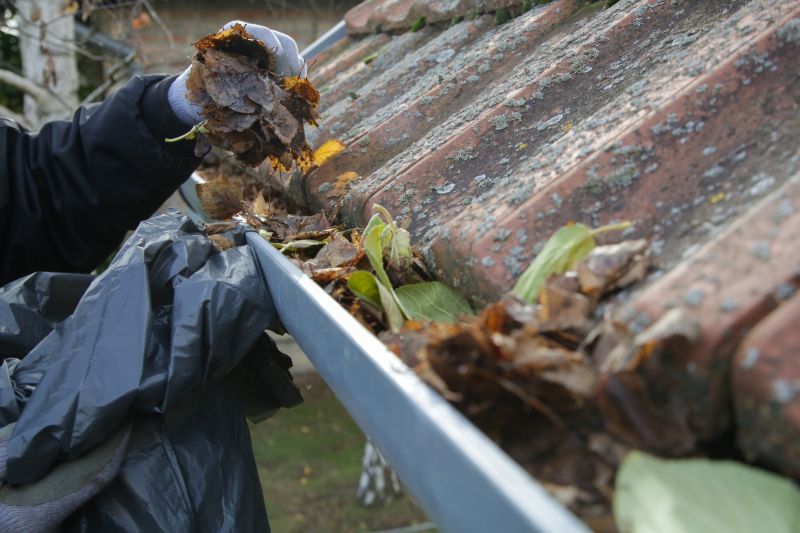
A 60-second routine that keeps Dethatchings looking new.
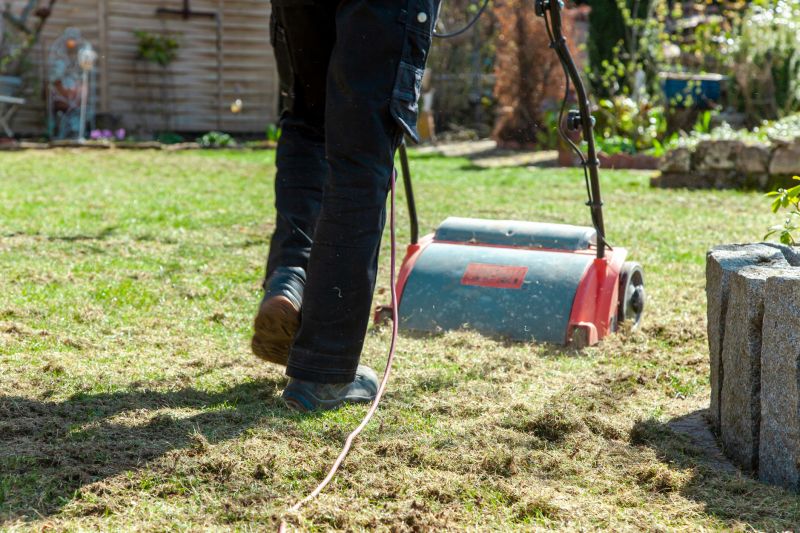
A frequent mistake in Dethatchings and how to dodge it.

Small tweaks to make Dethatchings safer and easier to use.
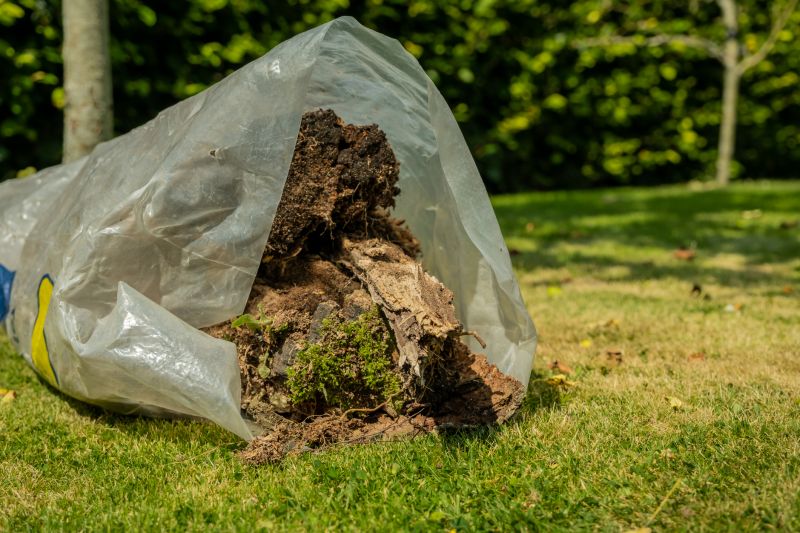
Lower-waste or water-saving choices for Dethatchings.
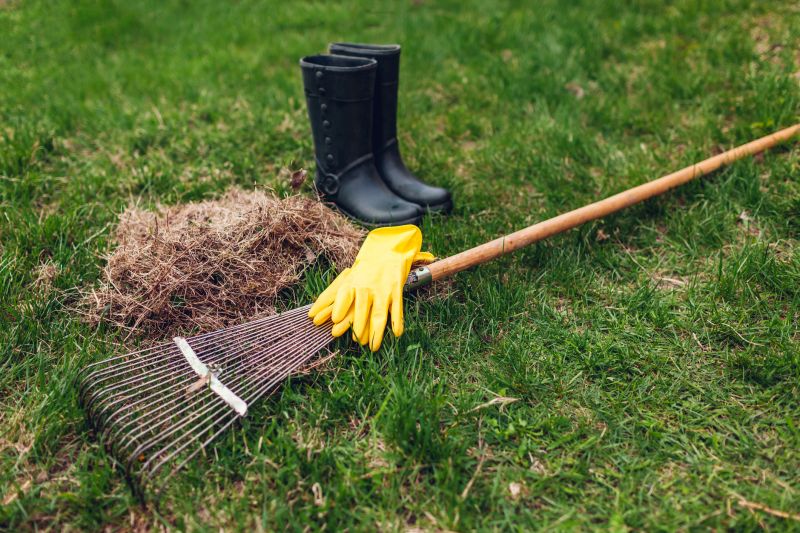
The short, realistic tool list for quality Dethatchings.
| Grass Type | Best Dethatching Time |
|---|---|
| Kentucky Bluegrass | Early spring or fall |
| Tall Fescue | Spring or fall |
| Bermuda Grass | Late spring or early summer |
| Zoysia Grass | Late spring |
| St. Augustine | Spring or early summer |
| Centipede Grass | Spring |
| Buffalo Grass | Spring |
| Ryegrass | Fall |
Timely dethatching promotes a healthier, more resilient lawn by enhancing nutrient and water uptake. It is crucial to consider regional climate and grass species to determine the optimal window for dethatching. Proper timing minimizes turf stress and supports vigorous growth.

Proper equipment ensures effective and even removal of thatch.
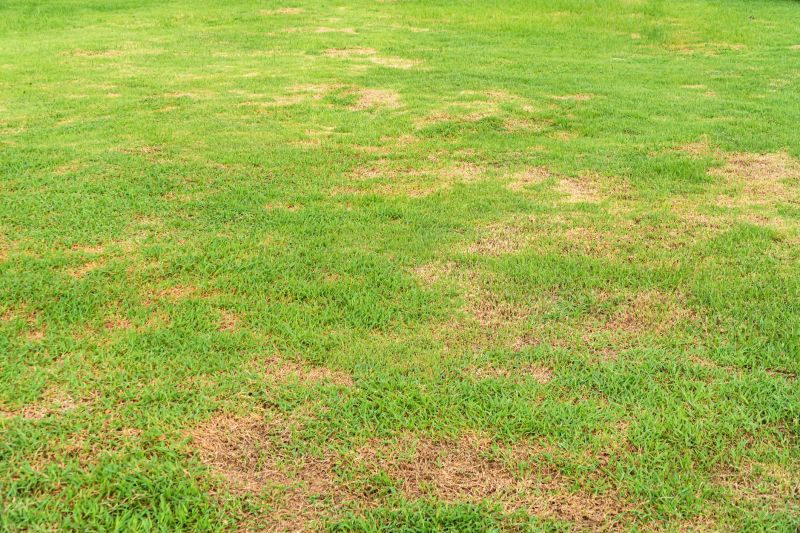
Post-dethatching, lawns often experience improved color and density.
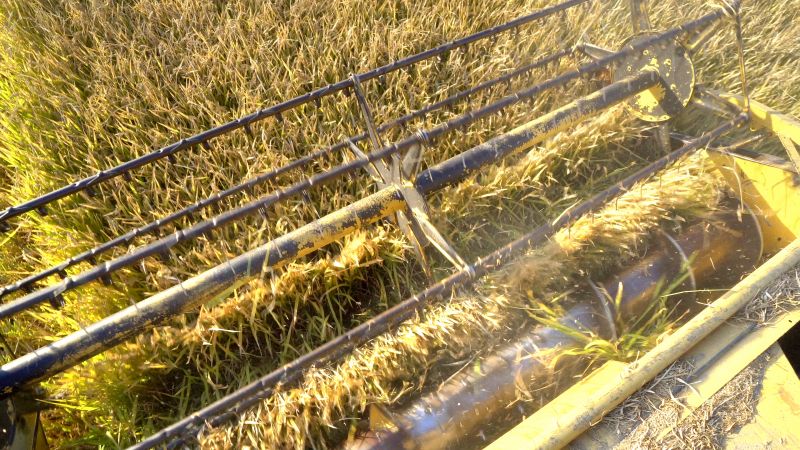
Combining these practices enhances soil health and turf vigor.
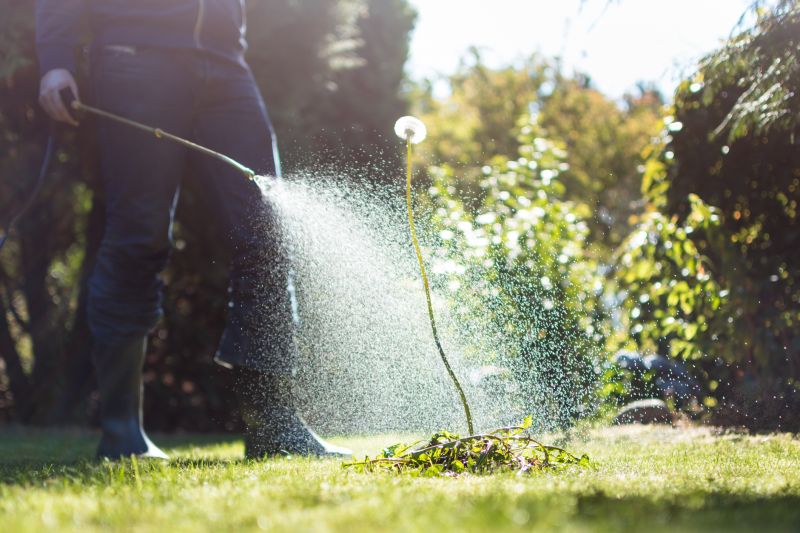
Proper technique involves consistent passes for thorough thatch removal.
Interested in improving lawn health through dethatching? Filling out the contact form can connect property owners with professional services tailored to regional conditions and grass types, ensuring optimal results.



